Chart: America's top 0.1 percent now have as much wealth as the bottom 90 percent

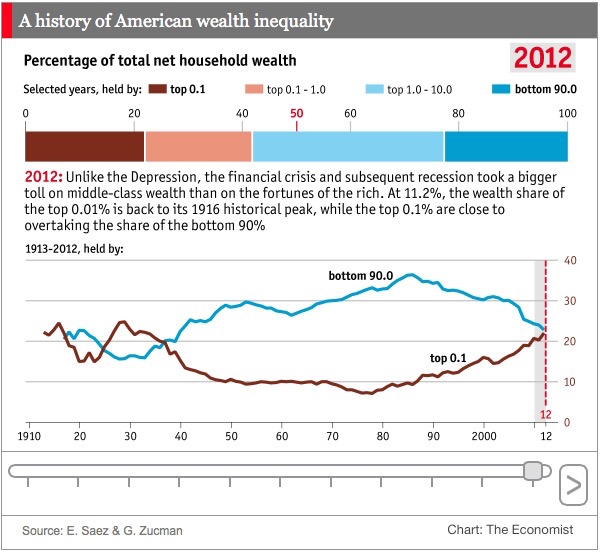
When people talk about the rise of income inequality, this is what they mean:
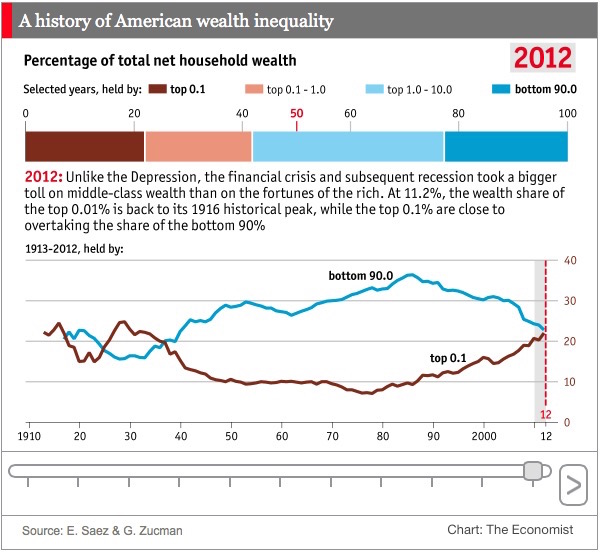
That chart, from The Economist, is based on data from a recent working paper by U.C. Berkeley economist Emmanuel Saez and Gabriel Zucman at the London School of Economics, published by the National Bureau of Economic Research. The Economist also has a good writeup of the report, which bolsters the findings from Thomas Piketty's bestselling Capital in the Twenty-First Century.
As the chart above shows, according to Saez and Zucman's findings, the top 0.1 percent of U.S. households — 160,000 families, worth an average of $73 million — now holds 22 percent of America's wealth, for the first time since 1929. The real eye-opener, though, is the top 0.01 percent — 16,000 families, worth an average of $371 million, including both the Mark Zuckerbergs and Paris Hiltons of America — own 11.2 percent of total wealth, tying 1916 as the highest percentage on record.
The Week
Escape your echo chamber. Get the facts behind the news, plus analysis from multiple perspectives.

Sign up for The Week's Free Newsletters
From our morning news briefing to a weekly Good News Newsletter, get the best of The Week delivered directly to your inbox.
From our morning news briefing to a weekly Good News Newsletter, get the best of The Week delivered directly to your inbox.
The super-wealthy hit (still-comfortable) bottom in 1978, the economists found, and have risen steadily since; the bottom 90 percent peaked and started their long decline in 1986. Differences in wealth generation is part of the equation — the income of the top 1 percent rose 3.4 percent a year from 1986 to 2012, versus 0.7 percent for the bottom 90 percent — but Saez and Zucman say the biggest cause of the declining middle class is rising debt.
In any case, great news for fans of the Roaring Twenties. Check out the interactive graph at The Economist.
A free daily email with the biggest news stories of the day – and the best features from TheWeek.com
Peter has worked as a news and culture writer and editor at The Week since the site's launch in 2008. He covers politics, world affairs, religion and cultural currents. His journalism career began as a copy editor at a financial newswire and has included editorial positions at The New York Times Magazine, Facts on File, and Oregon State University.
-
 The Week’s big New Year’s Day quiz 2026
The Week’s big New Year’s Day quiz 2026Quiz of the Year How much do you remember about 2025’s headlines? Put yourself to the test with our bumper quiz of the year
-
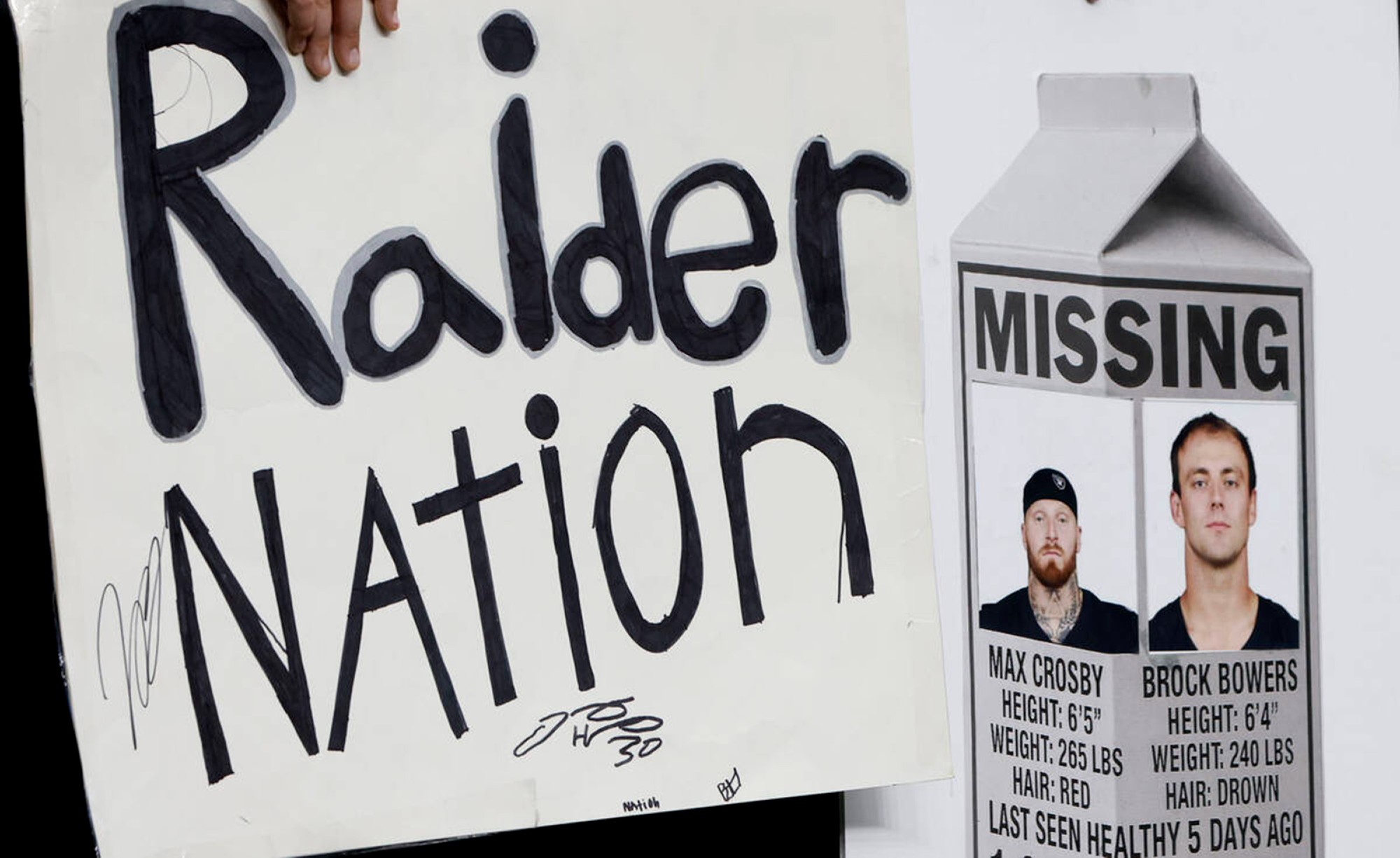 Is tanking ruining sports?
Is tanking ruining sports?Today's Big Question The NBA and the NFL want teams to compete to win. What happens if they decide not to?
-
 ‘Netflix needs to not just swallow HBO but also emulate it’
‘Netflix needs to not just swallow HBO but also emulate it’instant opinion Opinion, comment and editorials of the day
-
 Son arrested over killing of Rob and Michele Reiner
Son arrested over killing of Rob and Michele ReinerSpeed Read Nick, the 32-year-old son of Hollywood director Rob Reiner, has been booked for the murder of his parents
-
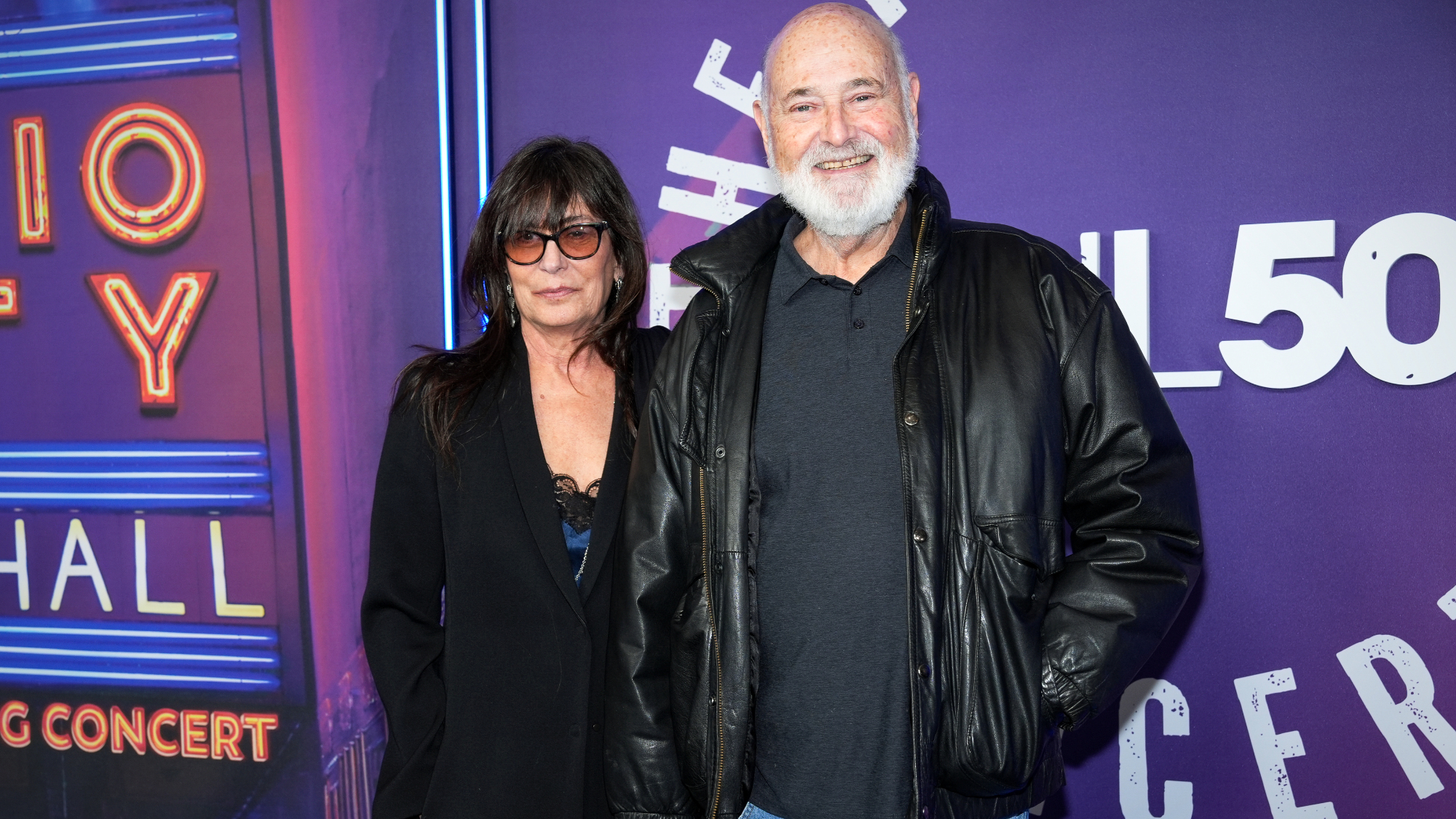 Rob Reiner, wife dead in ‘apparent homicide’
Rob Reiner, wife dead in ‘apparent homicide’speed read The Reiners, found in their Los Angeles home, ‘had injuries consistent with being stabbed’
-
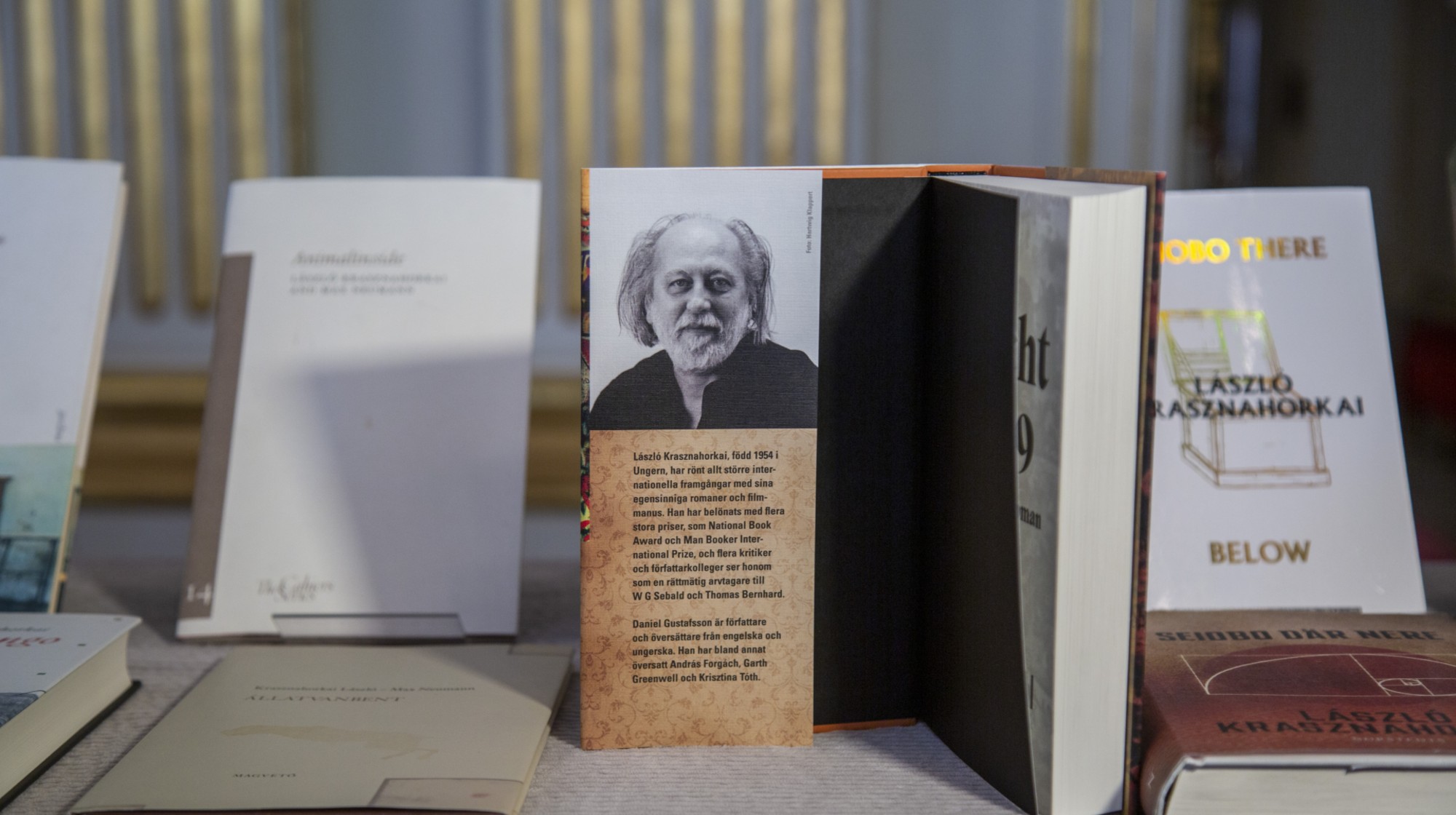 Hungary’s Krasznahorkai wins Nobel for literature
Hungary’s Krasznahorkai wins Nobel for literatureSpeed Read László Krasznahorkai is the author of acclaimed novels like ‘The Melancholy of Resistance’ and ‘Satantango’
-
 Primatologist Jane Goodall dies at 91
Primatologist Jane Goodall dies at 91Speed Read She rose to fame following her groundbreaking field research with chimpanzees
-
 Florida erases rainbow crosswalk at Pulse nightclub
Florida erases rainbow crosswalk at Pulse nightclubSpeed Read The colorful crosswalk was outside the former LGBTQ nightclub where 49 people were killed in a 2016 shooting
-
 Trump says Smithsonian too focused on slavery's ills
Trump says Smithsonian too focused on slavery's illsSpeed Read The president would prefer the museum to highlight 'success,' 'brightness' and 'the future'
-
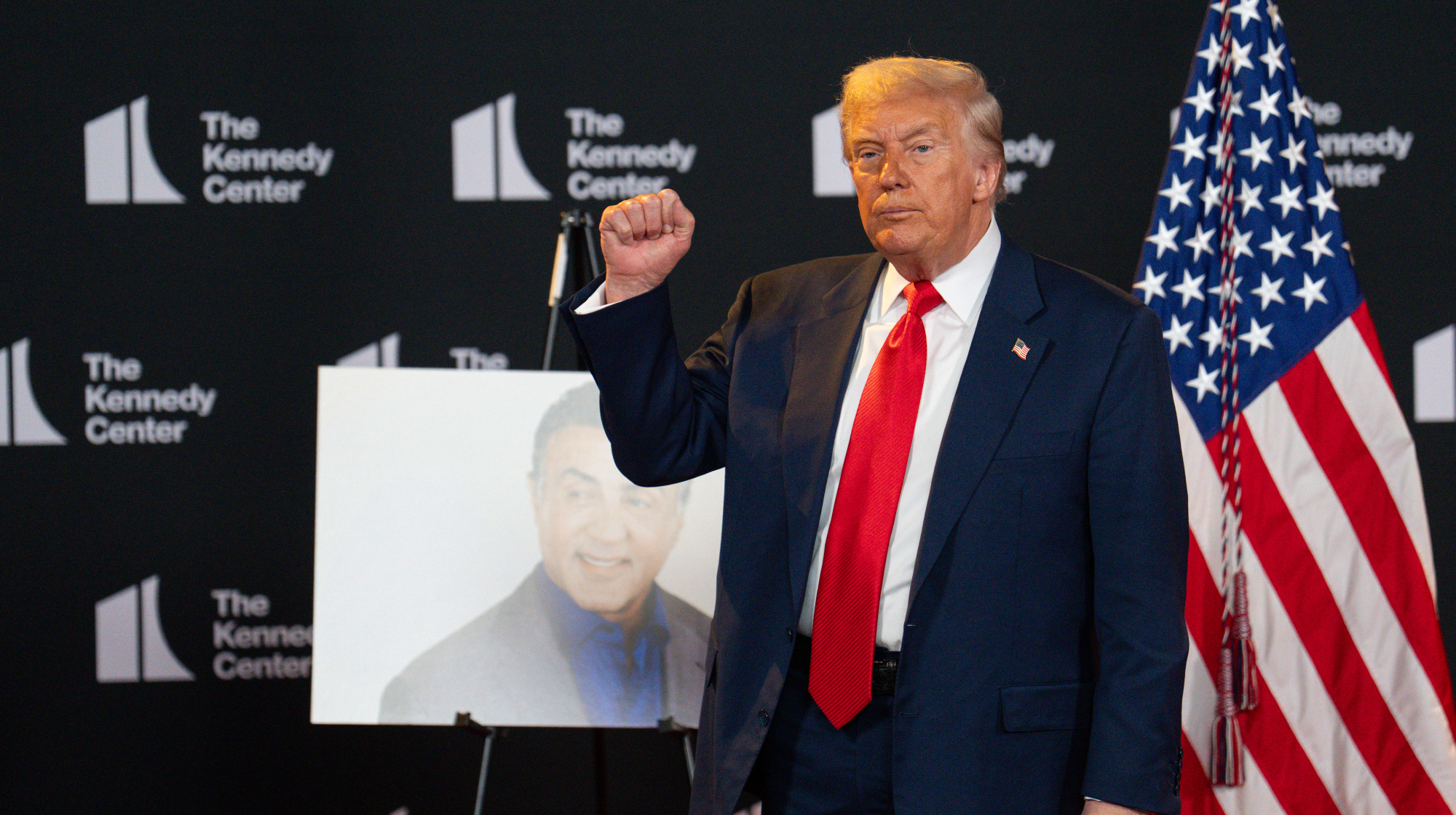 Trump to host Kennedy Honors for Kiss, Stallone
Trump to host Kennedy Honors for Kiss, StalloneSpeed Read Actor Sylvester Stallone and the glam-rock band Kiss were among those named as this year's inductees
-
 White House seeks to bend Smithsonian to Trump's view
White House seeks to bend Smithsonian to Trump's viewSpeed Read The Smithsonian Institution's 21 museums are under review to ensure their content aligns with the president's interpretation of American history
